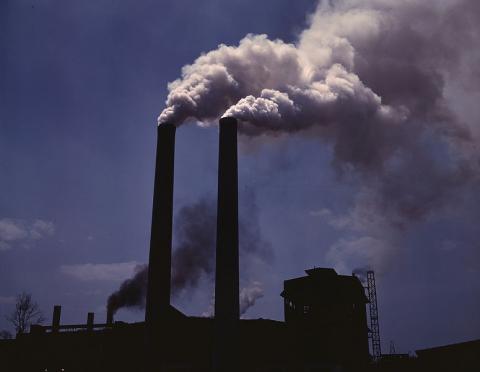The NRA and the Anti-Biomass Movement
The NRA and the Anti-Biomass Movement
 Don’t worry. This article won’t flesh out the arguments for or against an assault weapons ban, mandatory background checks, or restrictions on magazine size. It doesn’t actually have anything to do with guns at all.
Don’t worry. This article won’t flesh out the arguments for or against an assault weapons ban, mandatory background checks, or restrictions on magazine size. It doesn’t actually have anything to do with guns at all.
Whether you think the National Rifle Association (NRA) is a fortress of freedom or a bulwark of bloodlust, there’s one thing almost everyone can agree on: how effective the organization has been in its mission-driven advocacy to “protect the Second Amendment right to bear arms.”
The secret of the NRA’s success (besides copious funding)? Crystal clear messaging and uncompromising political pressure. Two aspects the national anti-biomass movement must adopt in order to halt the construction of dirty biomass energy facilities.




